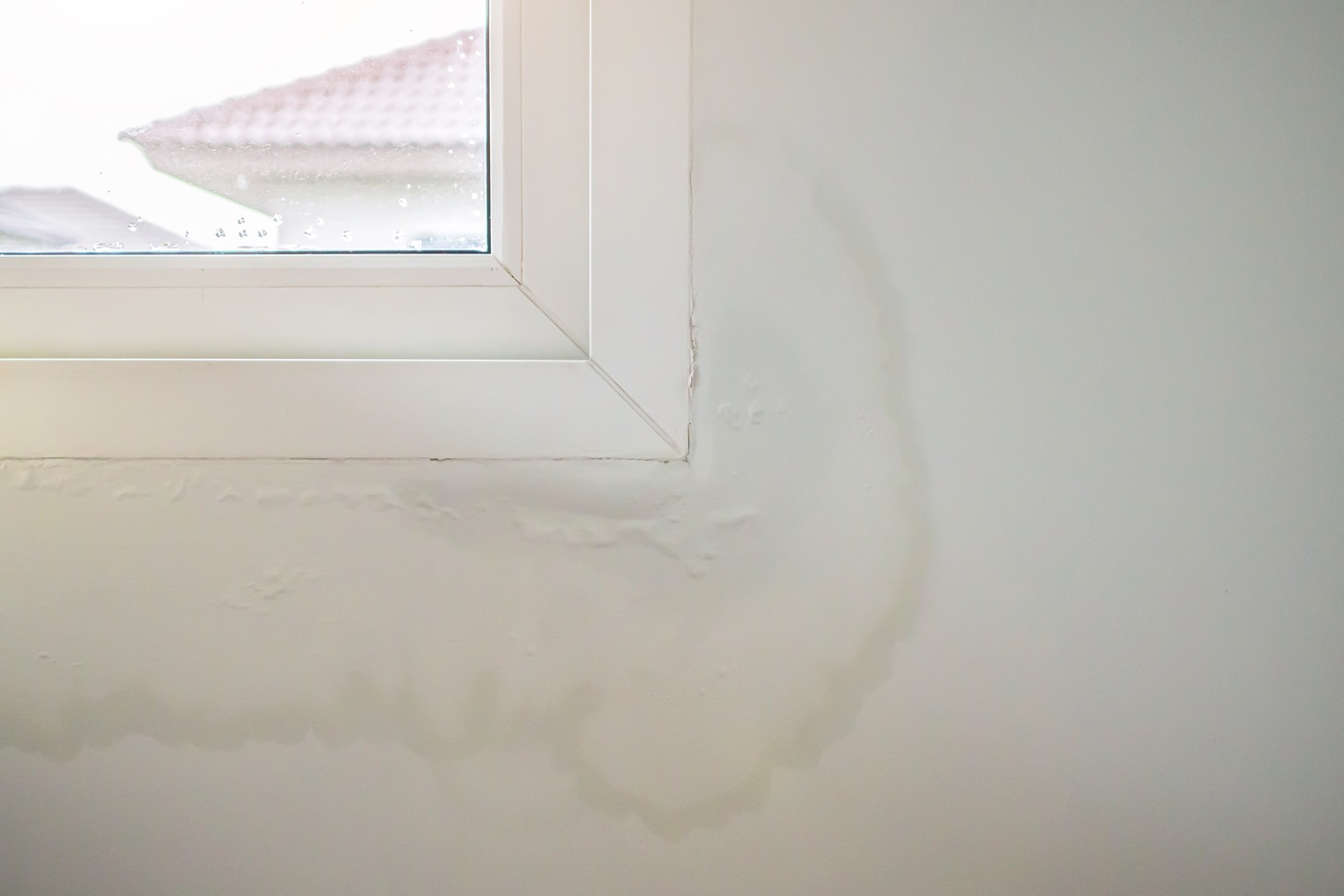
Paint Ghosting: The Silent Danger in Your Home
Posted on August 15, 2024
Homeowners might not know about paint ghosting, a subtle but troublesome issue that can affect interior walls. Paint ghosting happens when patterns or stains appear on painted walls, often in the form of lines, streaks, or shading that can mimic the appearance of ghostly shadows. Over time, these marks build up, especially in areas with temperature changes or high humidity levels. In Denver, paint ghosting may be more common due to unique environmental factors, making it a concern worth addressing for the long-term quality and appearance of your home’s walls.
What is Paint Ghosting?
Paint ghosting occurs when dust, soot, or other airborne particles stick to walls and ceilings in a way that eventually forms visible patterns. Typically, these patterns appear on cooler surfaces where condensation can settle, allowing particles to cling. Common culprits include smoke, fireplace soot, or even cooking oils, which, when combined with cold wall spots, produce these ghost-like streaks and shadows. The buildup occurs subtly, often going unnoticed until the marks are visibly distinct. Regular cleaning won’t always prevent ghosting, as the particles become deeply embedded over time, leading to permanent discoloration that can only be covered with a fresh coat of paint.
Why Paint Ghosting is Common in Denver
Denver’s climate presents a range of conditions that may increase the likelihood of paint ghosting. With cold winters and dry air, homes in Denver are often subject to fluctuating indoor and outdoor temperatures. This leads to varying condensation levels on interior walls, creating ideal conditions for ghosting to appear. Homes with inadequate insulation or ventilation are particularly prone to these effects, as cool spots on walls and ceilings attract particles from indoor air.
Another factor is Denver’s elevation, where the thin, dry air encourages homeowners to rely more heavily on indoor heating sources like fireplaces, wood stoves, or space heaters. These heat sources release particles into the air, which, in turn, settle onto colder surfaces, leaving behind a residue that forms ghosting patterns. Paint ghosting can be especially noticeable in homes where proper ventilation isn’t in place to offset the effects of indoor pollutants mixing with Denver’s dry winter air.

Identifying Paint Ghosting in Your Home
Paint ghosting can be subtle at first, but signs become more visible over time. If you notice faint, dark lines or patches on your walls or ceiling, especially near studs, rafters, or cold spots, ghosting might be the cause. To test, try gently wiping the area; if the stain remains, it’s likely embedded ghosting rather than surface dirt. It’s also worth checking areas where furniture, picture frames, or other items block airflow, as ghosting commonly appears around these objects.
How to Prevent and Manage Paint Ghosting
Once paint ghosting appears, covering it with new paint is often the most effective solution, as cleaning rarely removes the stains completely. Here’s how homeowners can both prevent and manage this issue to keep walls looking fresh:
- Improve Ventilation: Make sure to use exhaust fans in areas where humidity or airborne particles are high, such as the kitchen and bathroom.
- Control Indoor Temperature: Consistent heating and air circulation can reduce the condensation that allows particles to stick to walls. Consider upgrading insulation or adding thermal barriers to minimize cold spots.
- Regular Cleaning: While cleaning alone won’t prevent ghosting, dusting surfaces, air vents, and ceiling corners can help reduce the buildup of particles over time.
- Invest in Quality Paint: Certain types of paint have formulations designed to repel particles or resist stains, providing an extra layer of protection against ghosting.
In homes where ghosting is already prominent, repainting with a primer and high-quality paint is essential. These products adhere better to walls, making it harder for particles to penetrate and form ghosting patterns. If you’re seeing frequent ghosting patterns, consulting with professionals who understand Denver’s specific climate and environmental challenges can ensure that your next paint job is done right.
CertaPro Painters of Denver: Restore Your Walls with Expert Care
When dealing with paint ghosting, getting the right advice and help is key to keeping your home’s interior looking its best. The team at CertaPro Painters of Denver knows how to tackle paint ghosting in homes affected by Denver’s unique climate. From assessing problem areas to recommending the best primers and paints, our experts make sure you get long-lasting results.
Our professional painters are here to help! Whether you need advice on insulation, tips to improve ventilation, or a fresh coat of high-quality paint, CertaPro Painters of Denver has the expertise to protect your home from ghosting for years to come.






